State
Tribe Name
Art Type
short description
The Karma festivity is a crucial monsoon festival celebrated by the Oraon (also known as the Kurukh) in the month of Bhado (September) after the sowing of seeds and just prior to harvesting. Peculiarly agricultural in its approach, the festival seeks Deity Dharmes' sanction to safeguard crops and ensure favorable weather. The Oraon, who are mostly spread across Jharkhand, Chhattisgarh, Madhya Pradesh, Odisha, and West Bengal, have an inherent kinship with nature. Most of their ritualism is performed to please the nature Gods like Dharini and Dharmes in order to ward off misfortune, ill health, and bestow blessings on their work and endeavors.
Thumbnail
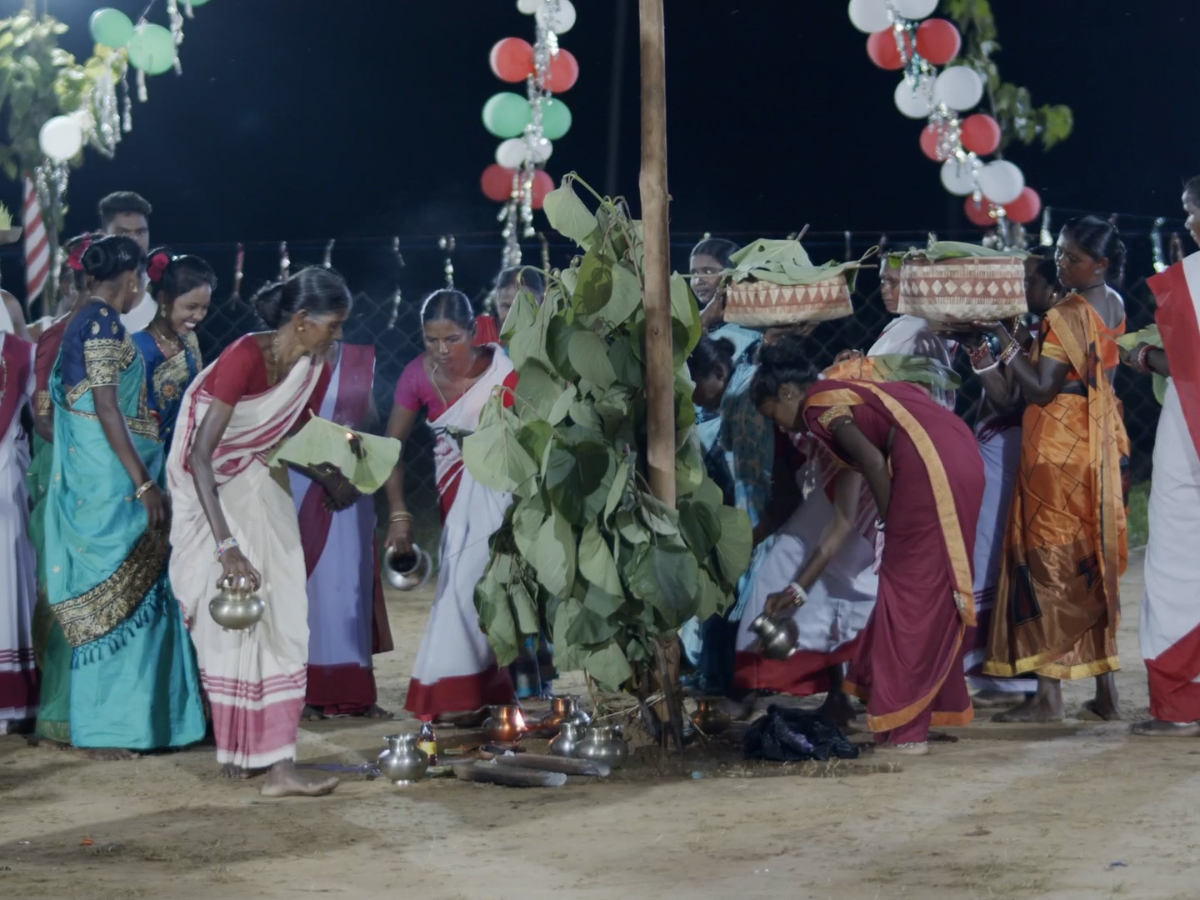
Filter Postion
Left
Filter Background
Off
Theme
Filter Header Image
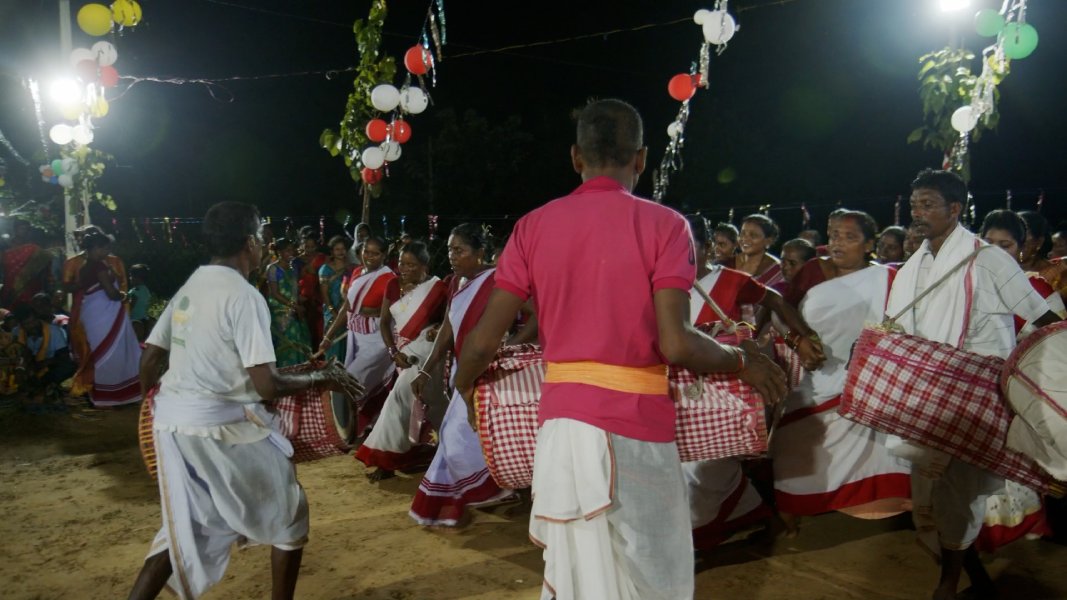
content
Image
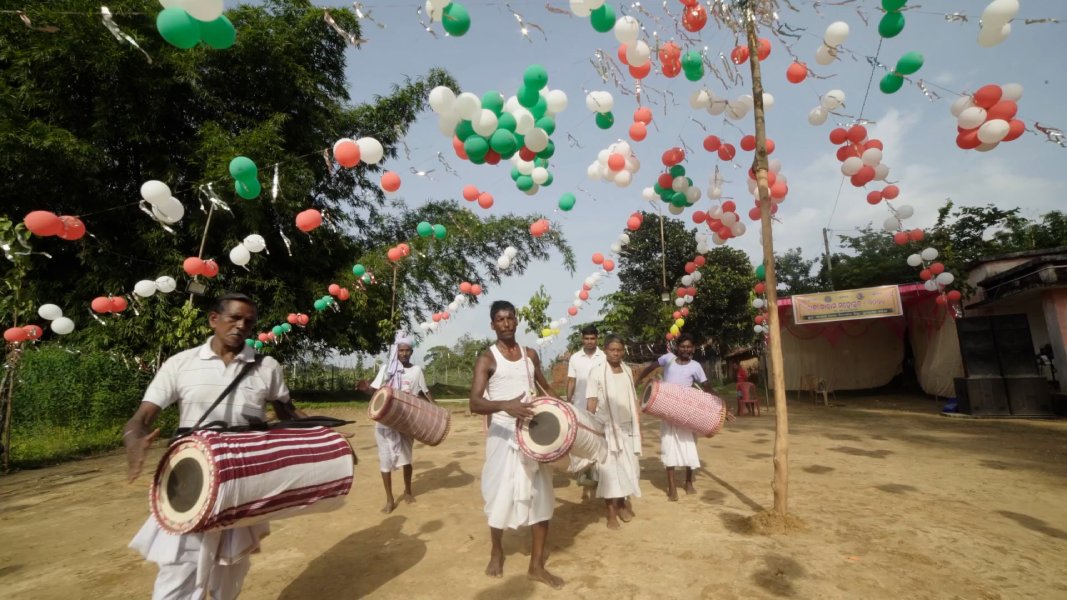
description
The Karma festivity is a crucial monsoon festival celebrated by the Oraon (also known as the Kurukh) in the month of Bhado (September) after the sowing of seeds and just prior to harvesting. Peculiarly agricultural in its approach, the festival seeks Deity Dharmes' sanction to safeguard crops and ensure favorable weather. The Oraon, who are mostly spread across Jharkhand, Chhattisgarh, Madhya Pradesh, Odisha, and West Bengal, have an inherent kinship with nature. Most of their ritualism is performed to please the nature Gods like Dharini and Dharmes in order to ward off misfortune, ill health, and bestow blessings on their work and endeavors.
Image Mode
landscape
Image
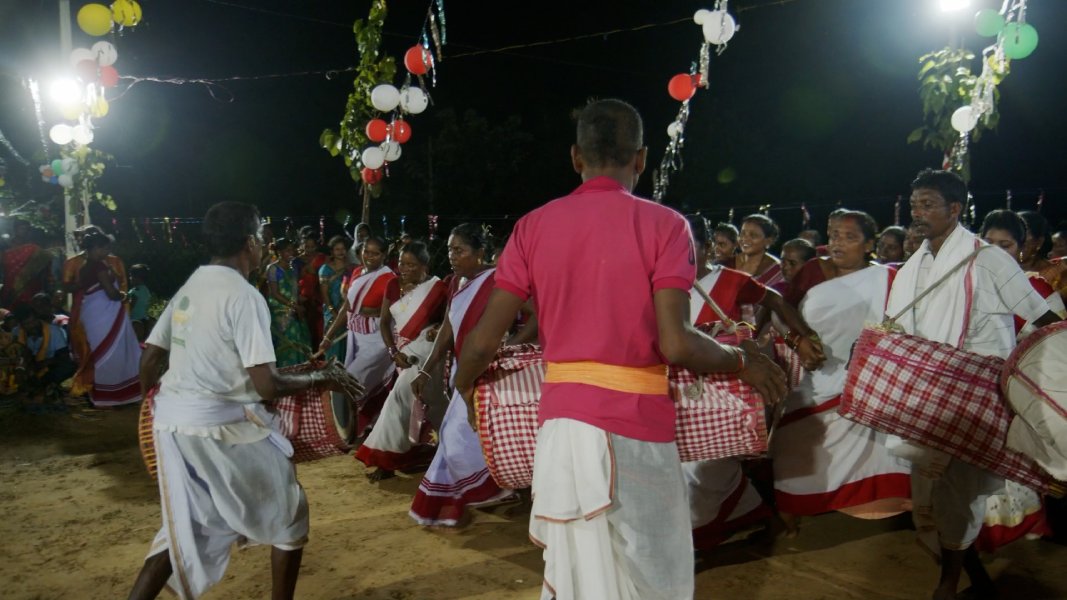
description
The Karma rituals begin with the Kirodanda puja, performed in each household two days before the main festival. A branch from the sacred kiro tree is brought into the house and placed in a specially prepared sacred space. Men of the family conduct the rituals using symbolic items like rice flour, coal, and ash to create patterns, and offerings such as rice mounds, eggs, and sacrificial hens are made. The kiro branch, believed to possess protective powers, is later taken to the fields along with the hen’s head, returning offerings to nature and ensuring crop safety. The sacred grove (saran), where the village deities reside, becomes the focus of communal worship the following day. Here, the villagers pray and make offerings, accompanied by traditional instruments, marking the transition from ritual to celebration.
Image Mode
landscape
Image
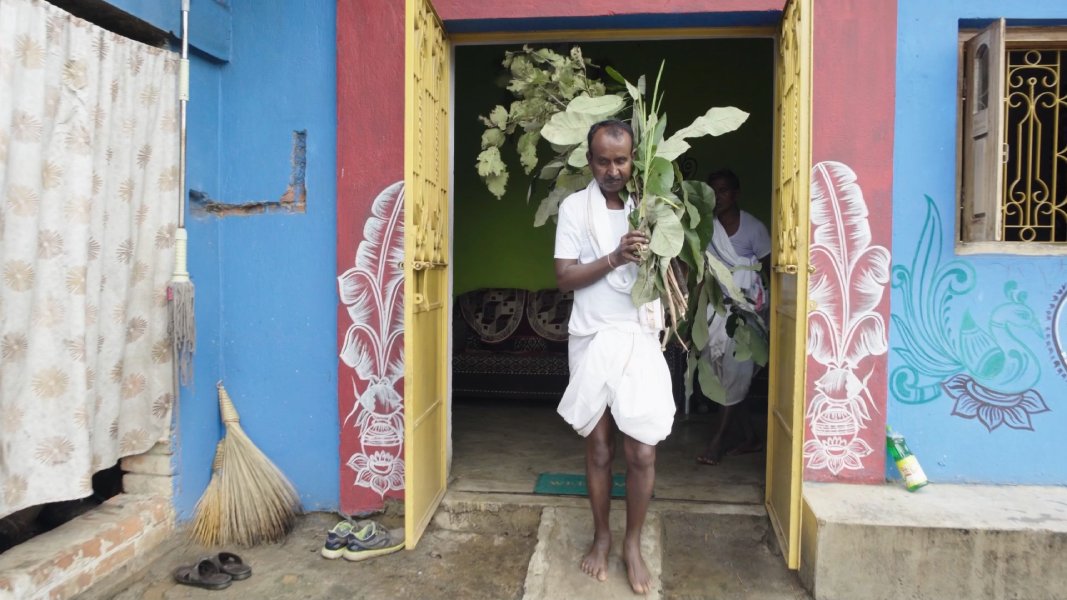
description
The festival’s main event, Karma Raja Puja, features fasting and rituals led by three unmarried girls and three unmarried boys who cleanse themselves with river water and local clay. After performing rituals at the Karma tree (Neuclea parvifolia), they cut three branches and carry them back in a musical procession, treating the branches as sacred symbols of Karma Raja. Once planted in the village clearing or akhada, these branches are worshipped with incense, oil lamps, and grain offerings. The community then gathers to sing, dance, and continue prayers, expressing gratitude and reverence for nature. The germinated seeds offered by girls, known as java phool, reflect the agricultural roots of the festival and are grown over nine days with care and devotion.
Image Mode
landscape
Image
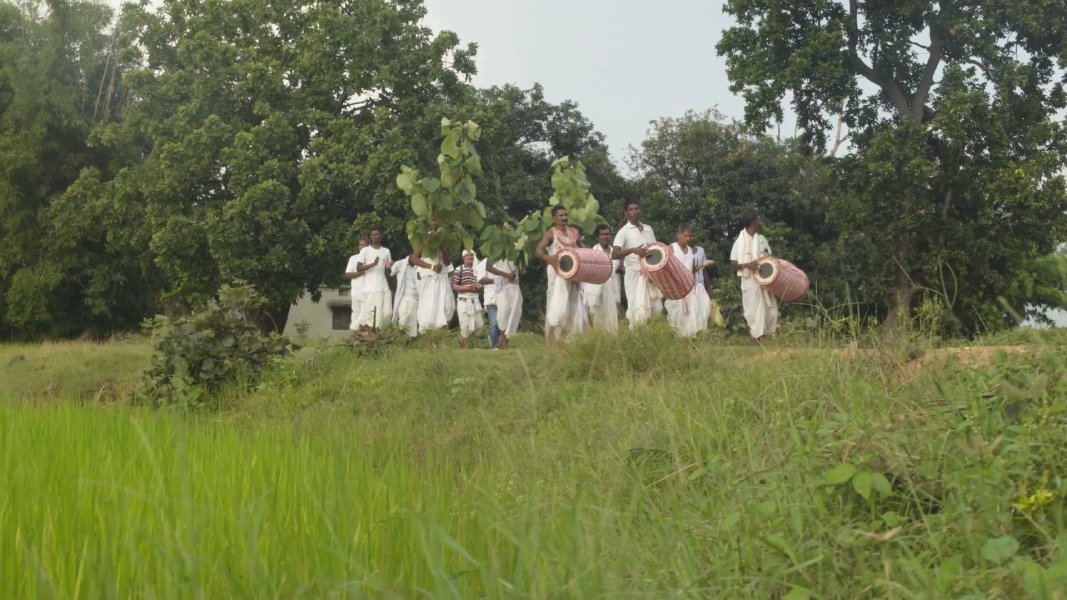
description
Storytelling is part and parcel of the festival's culture. The villagers listen to various myths, such as that of Karma and Dharma, who were saved from demons by a tree now called the Karma tree. These oral traditions differ from one region and tribe to another and emphasize mostly the themes of protection, gratitude, and favor from nature. Thus, this festival of Karma is not only the domain of the Oraon but is also celebrated by the Ho, Kisan, Kol, and Bhumij tribes of Odisha, as well as by a few other communities across the Chotanagpur plateau. With nightfall, the villagers continue dancing and singing to give expression to their joy and to honor Karma Raja, thus keeping the ceremonial branches sanctified.
Image Mode
landscape
Image
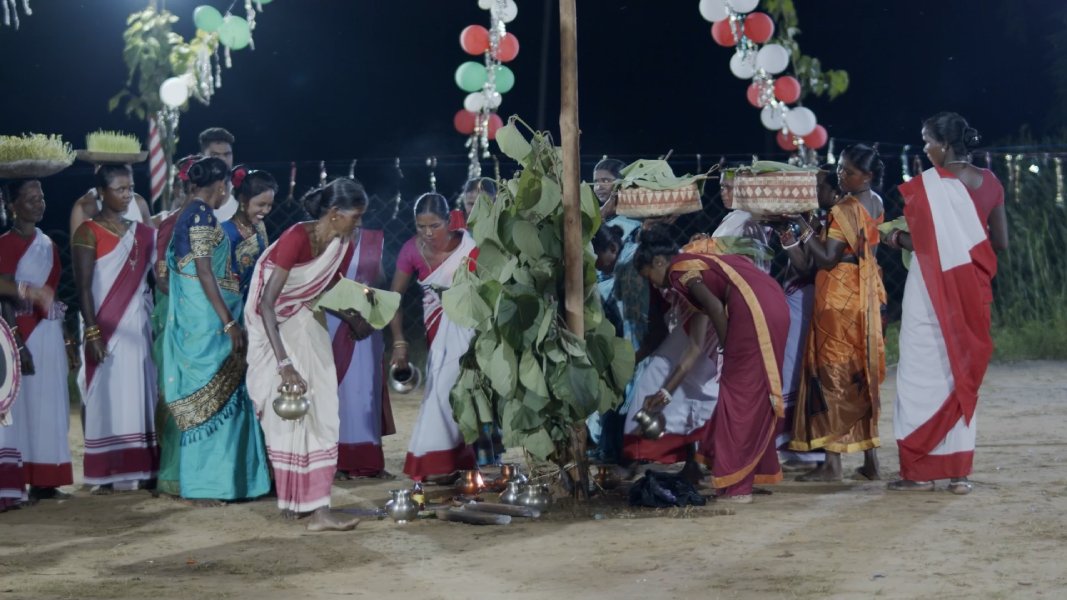
description
Participation in the Karma festival is inclusive and vibrant, with both men and women dancing together in graceful lines to traditional tunes. Though once limited to the festival, Karma dance has now gained national attention through cultural troupes. As dawn breaks, the villagers examine the ceremonial branches to see if they have sprouted—an omen of divine blessing. Whether planted or immersed in a nearby water body, the ritual concludes with a ceremonial dip that marks renewal and the onset of the wedding season. Despite cultural assimilation and religious changes over time, the Oraon continue to celebrate Karma with deep devotion, reinforcing their identity, unity, and enduring relationship with the earth and its cycles.
Image Mode
landscape
promoted
On
Verified
On
